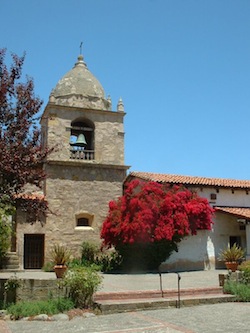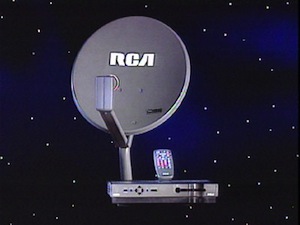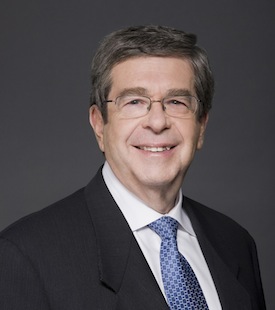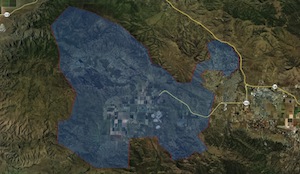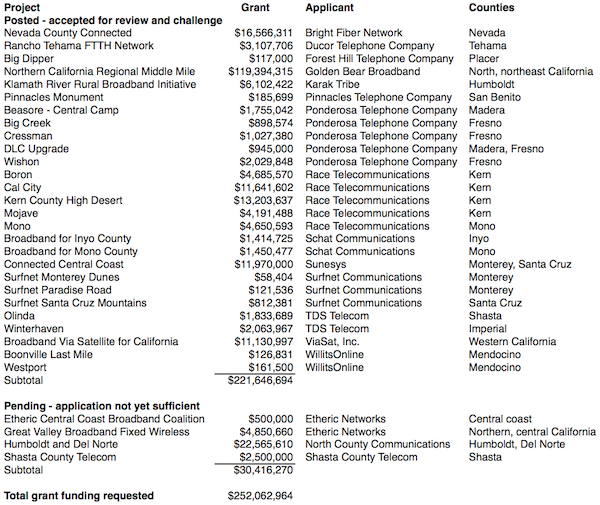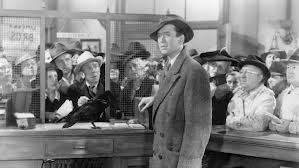Faster, cheaper fiber microtrenching gains acceptance
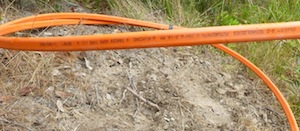
Verizon’s microduct ready to be installed near Sea Ranch in Sonoma County.
In what could lead to the first large scale urban use of fiber microtrenching in the U.S., Verizon and the City of New York have agreed to test it at 12 sites. Verizon has used microtrenching for other fiber projects, including one last year in a rural part of California.
You can see a video of the process here. It involves sawing a narrow trench – 2 cm wide and up to 30 cm deep – into the roadway, inserting thin, flat microduct, and then sealing it back up.… More

